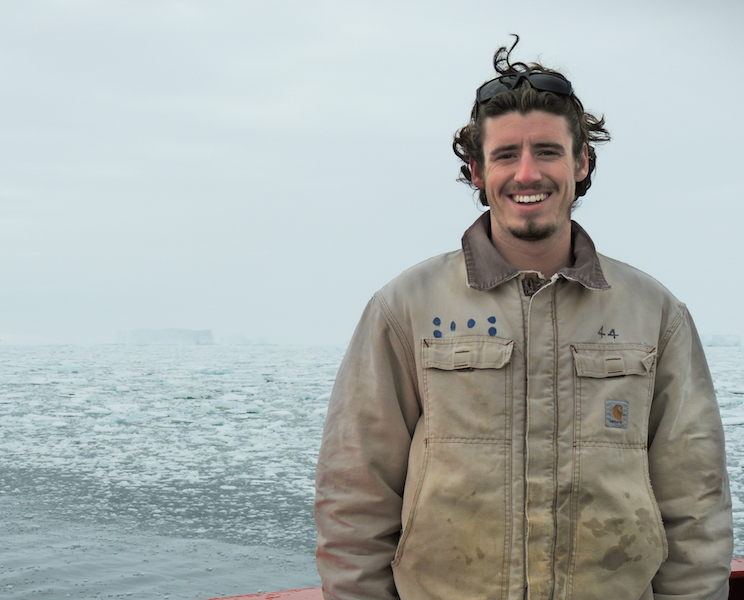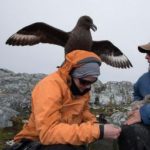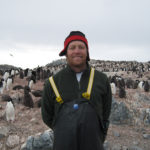Jack Conroy
Polar Scientist in the Spotlight
Learn about all sorts of careers that polar scientists have as we explore their different research areas through the featured Polar Scientist of the Month.
Jack Conroy
Graduate Student, Virginia Institute of Marine ScienceWhat do you do?
I am studying zooplankton ecology off the Western Antarctic Peninsula. Zooplankton are animals that drift along with the ocean currents.

What is the best thing about your job?
I really enjoy going to sea as well as having the opportunity to ask creative questions. Living on a ship in the Antarctic provides otherworldly scenery while working. You can take incredible pictures, but it is impossible to capture the vastness. Additionally, my job as a scientist is to identify important questions and to find answers by working with incredible people. This is really fun.
What is the most important tool you use for research?
Our most important tools are large nets that we tow behind the ship to collect zooplankton. The net is attached to a wire, and we send it deep below the surface before pulling it aboard. Once it is back on the ship, we count the different types of zooplankton to gain an understanding of what animals are living underwater in a certain area. Every tow has a unique mix of beautiful and creepy critters.
Why is what you do important?
Zooplankton are a linchpin in the Southern Ocean ecosystem. They graze marine “plants” and are the major food source for many penguins, whales, and seals. Zooplankton species have various temperature and ice preferences, so they respond to changing climate conditions in different ways. Additionally, zooplankton play a key role in the “Biological Pump”: the process by which living organisms transport carbon from surface waters to depth. Carbon that is deep in the ocean will not return to the atmosphere for decades or even centuries. During that time, it will not contribute to greenhouse warming.




